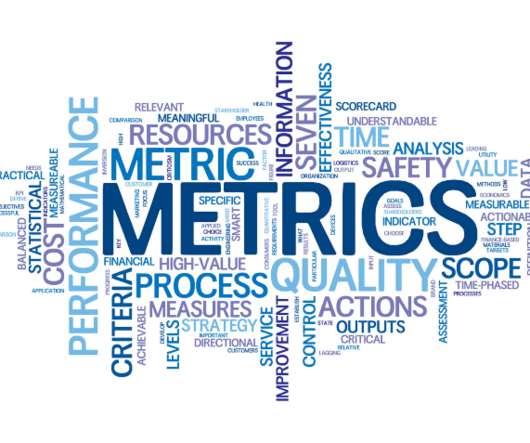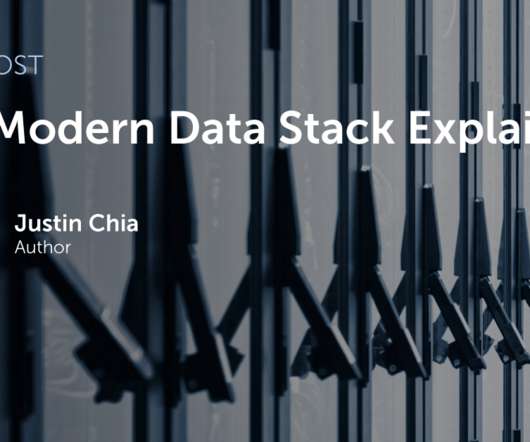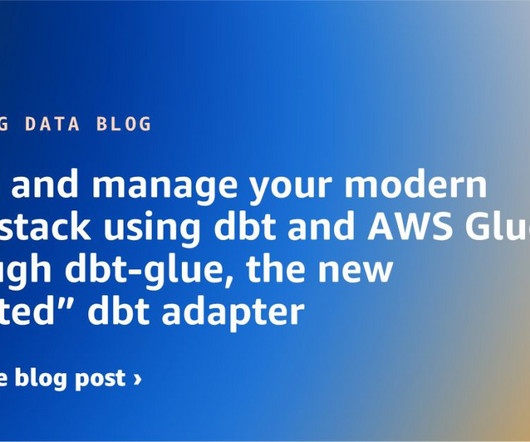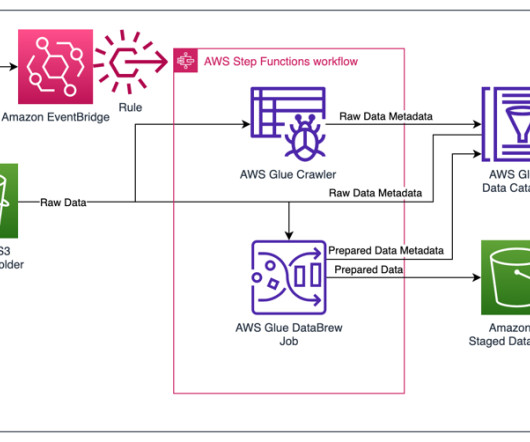The Ultimate Guide to Modern Data Quality Management (DQM) For An Effective Data Quality Control Driven by The Right Metrics
datapine
SEPTEMBER 29, 2022
Therefore, there are several roles that need to be filled, including: DQM Program Manager: The program manager role should be filled by a high-level leader who accepts the responsibility of general oversight for business intelligence initiatives. The program manager should lead the vision for quality data and ROI.




















Let's personalize your content